5: Bryophytes
( \newcommand{\kernel}{\mathrm{null}\,}\)
Bryophytes arose in a period of Earth’s history before soils had formed. The terrestrial surface was rocky and consisted primarily of crusts (microbial mats) composed of assemblages of prokaryotes. The exposure to sunlight would have been intense relative to the buffer provided by water. In addition, being surrounded by water would provide regulation of surrounding temperature and structural support. As green algae began to colonize the terrestrial surface, at least one of these lineages accumulated adaptations that were favorable to living on land--a waxy cuticle to prevent water loss, desiccation-resistant dispersal propagules called spores, and retention and feeding of the developing zygote. This lineage of green algae evolved into the ancestor of the bryophytes.
This evolutionary group includes liverworts, mosses, and hornworts. These plants do not have true roots to absorb water, nor do they have vascular tissue to transport that water to other regions of the plant. Because of this, bryophytes tend to grow prostrate (close to the surface they are growing on) and stay quite small. They do not have roots, but they have projections to anchor them to the surface, called rhizoids. They also tend to grow in moist areas where there is access to water and are reliant on water for the dispersal of gametes and fertilization. There are approximately 23,000 described species of bryophytes, most of them belonging to the mosses.
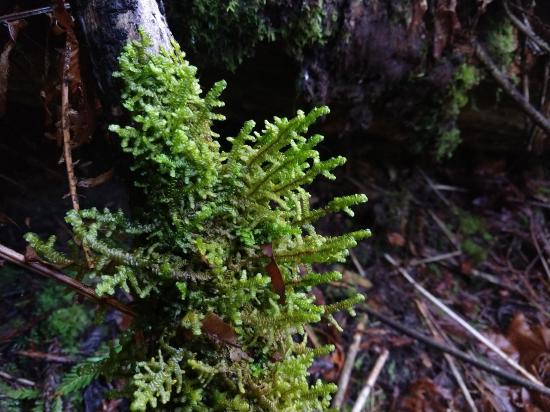
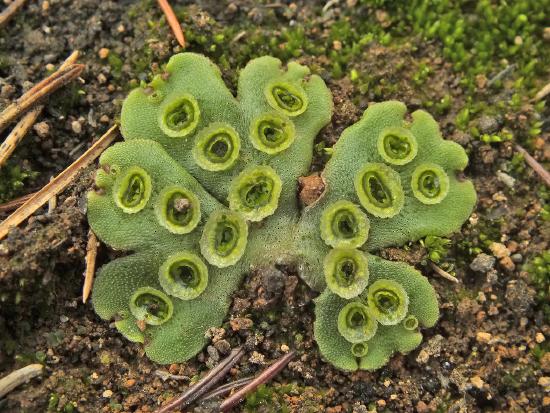
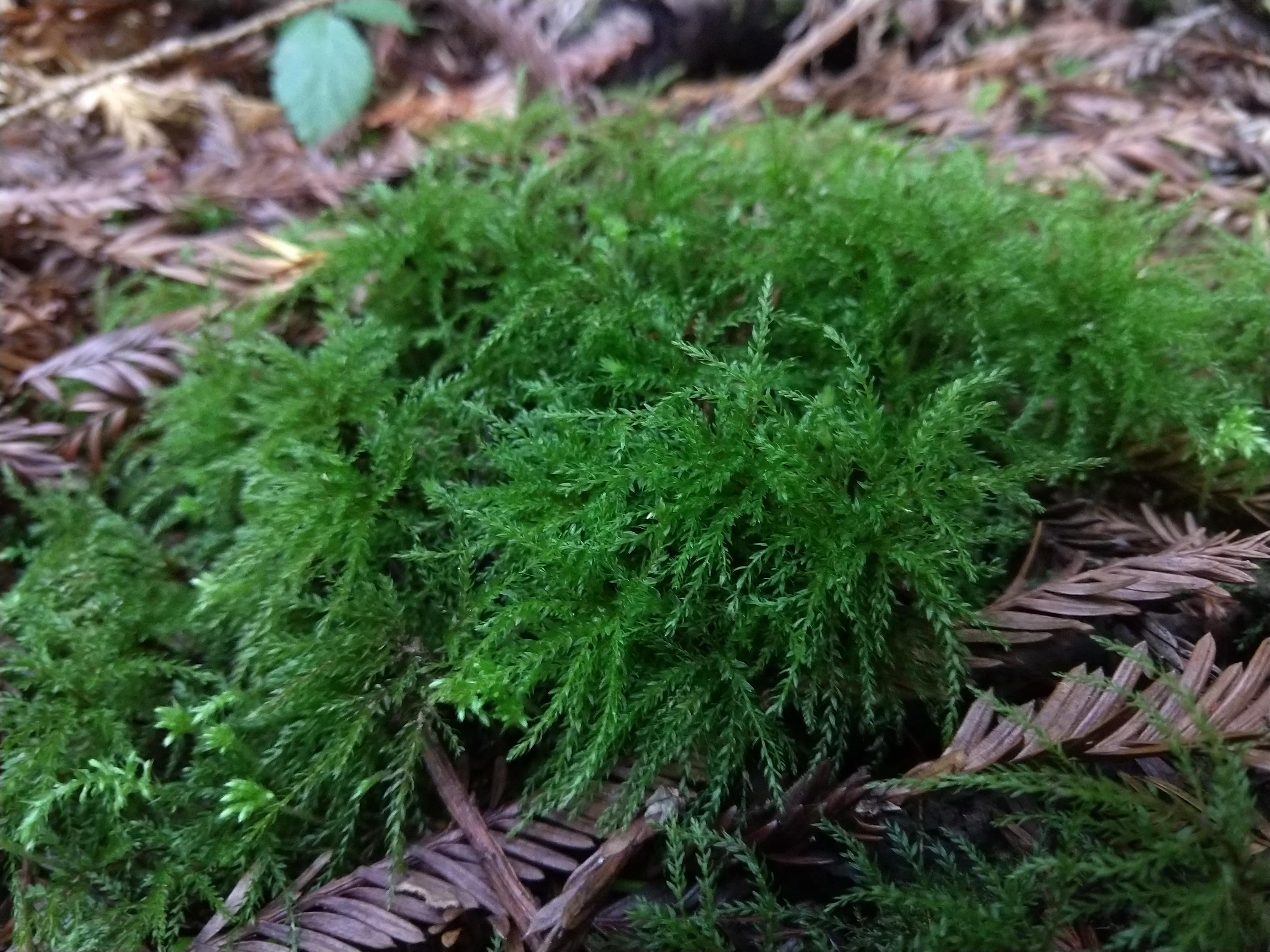
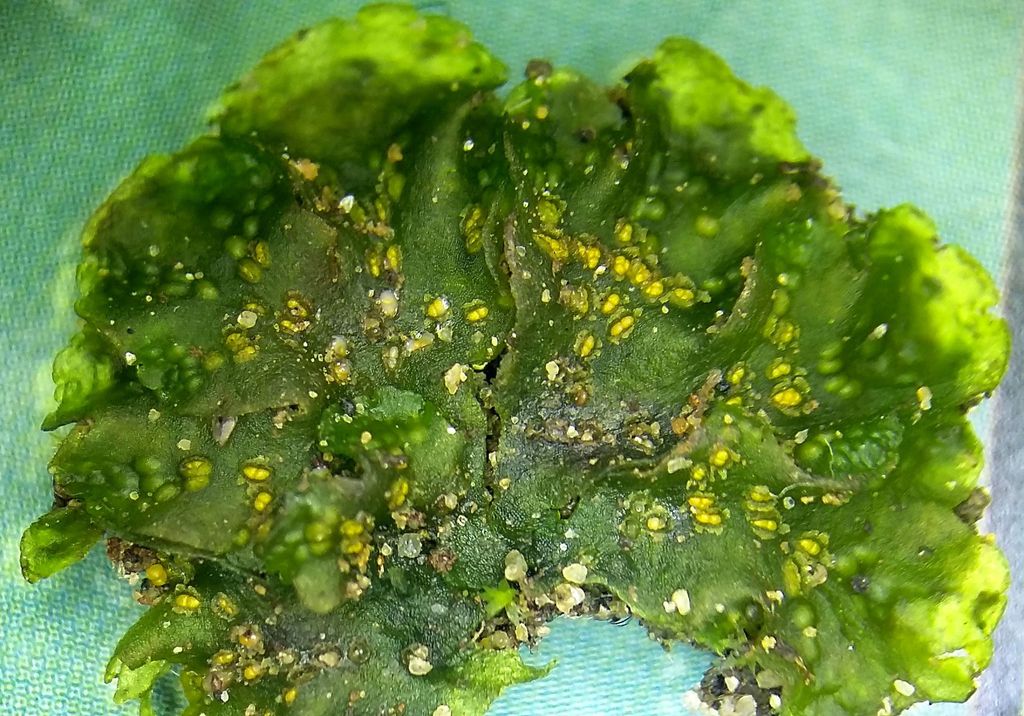
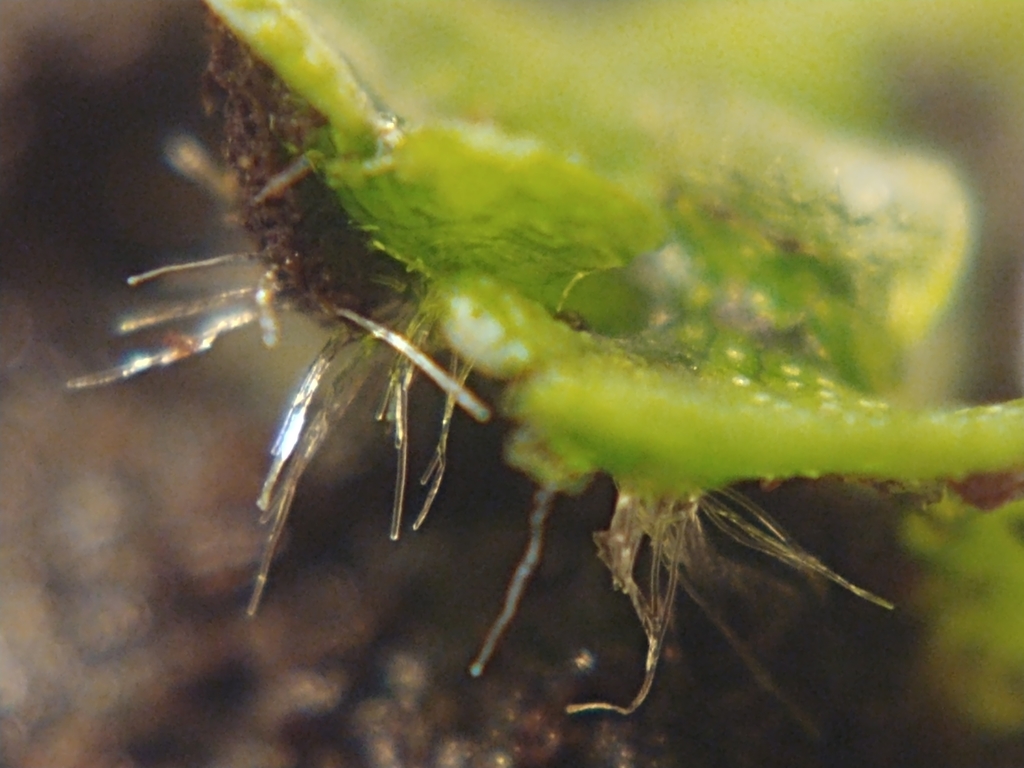
- 5.1: Hornworts
- Hornworts, phylum Anthocerotophyta, are have thalloid gametophytes with monoplastidic cells. Their sporophytes are composed of a long, thing sporangium that grows from a basal meristem.
- 5.2: Liverworts
- Liverworts, phylum Marchantiophyta, have gametophytes that are either leafy or thalloid. Leafy gametophytes have leaves without costae that form in a single plane across from each other. Smaller leaves called underleaves line the underside of the thallus.
- 5.3: Mosses
- Mosses, phylum Bryophyta, have leafy gametophytes with spirally arranged leaves. Many mosses will have leaves with costae. Their sporophytes can be complex, though like the other bryophytes, each only forms one sporangium.


